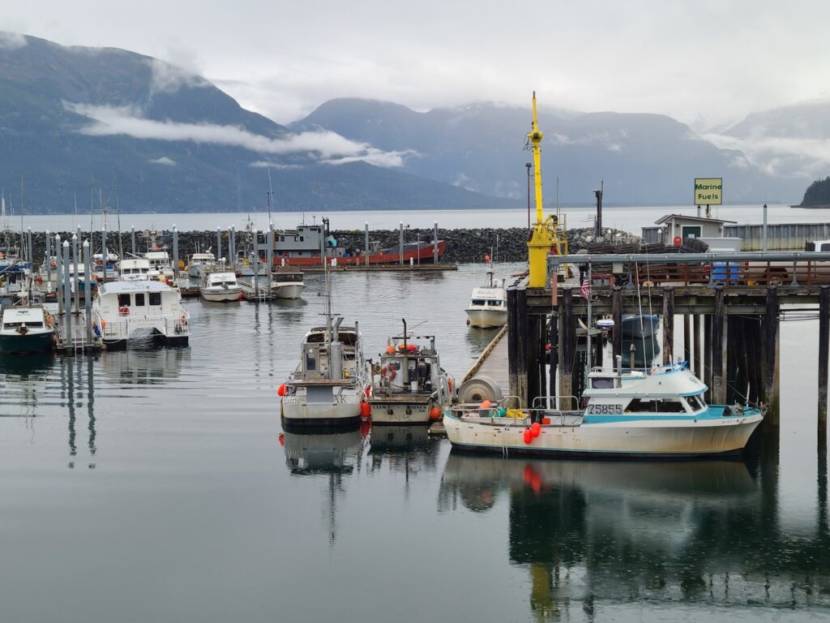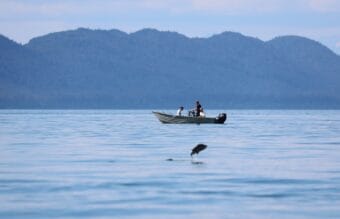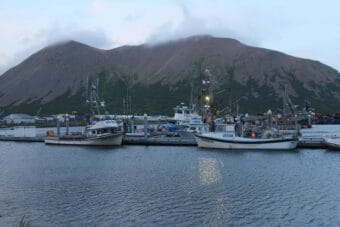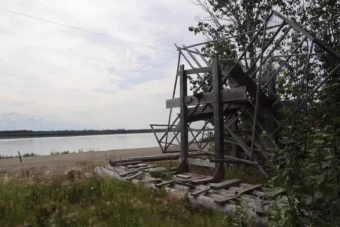
Alaska’s Board of Fisheries voted to change a shrimp fishery in Southeast Alaska from the fall to the spring.
The board made that change to the commercial pot fishery during its meeting in Anchorage in March.
Advisory committees from Sitka and eastern Prince of Wales Island submitted proposals seeking the change away from an October start. Shrimper and Sitka committee member Stacey Wayne told the board there are conservation concerns with shrimp.
“In October the shrimp are heavy with eggs,” Wayne said. “They usually start laying their eggs in February. It can go through even early May that, depending on the year, they’re still laying their eggs — but definitely the time when we’re fishing them, there’s a lot of eggs. And that just went contrary to kind of a conservation approach.”
Proposals sought to change the start date to May 15, or later.
The Alaska Department of Fish and Game has no population estimate for the shrimp caught in the fishery but has concluded that numbers are declining in many parts of Southeast. Fishery managers supported the change because of the potential to boost numbers.
While some supported the change, other shrimpers opposed it.
“All of these guys as well as another processor that approached us felt that the quality of the product in the spring was inferior to the quality of the product in the fall,” said Chris Guggenbickler, president of Wrangell’s advisory committee. “It doesn’t freeze well, it gets spots, there’s leftover egg residue on there that’s got mud stuck in it that’s hard to wash out. So they feel that it’s going to be a lesser valuable product in the end.”
Guggenbickler said he’d developed a wintertime domestic market based on the fall season. In addition, Alaska shrimp caught in the spring would be going to market around the same time as catches in British Columbia and Prince William Sound potentially impacting prices. And a spring season may conflict with subsistence harvest.
The region-wide catch in recent years has been around half a million pounds by around 100 permit holders. Over the past two decades, it’s averaged $2,071,100 in ex-vessel value.
Like permit holders, the board was split on the change.
Board member Israel Payton of Wasilla was convinced that the potential benefit for shrimp populations was worth it.
“Let’s play the long game on this one,” Payton said. “I know it’s disruptive. I could be wrong on my vote on this, but I’m going to be in support of it. I think it’ll lead potentially to increased GHLs in the future and that’s a good thing.”
Managers set guideline harvest levels for different parts of the region based on survey fishing and the performance of the commercial fishery.
Board member John Wood of Willow ultimately was not swayed by possible improvement in shrimp numbers.
“More likely than not I would imagine you would see some enhancement,” Wood said. “How much? Open for guessing. That does not outweigh almost a total disruption of a shrimp fishery that’s existed for a long, long time, has created its own niche and has created its own expertise in harvesting that product.”
The vote was 4-2 to approve the season shift, with Wood and John Jensen of Petersburg voting no.
The department could still open a fall season by emergency order if the fleet hasn’t completed its catch in the springtime.



